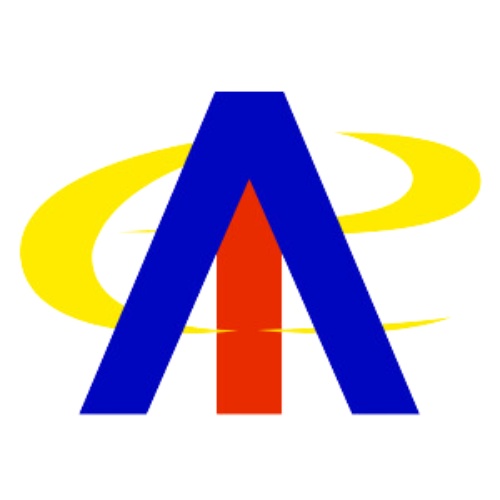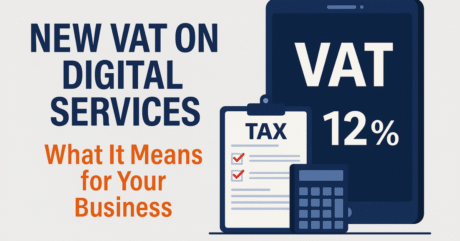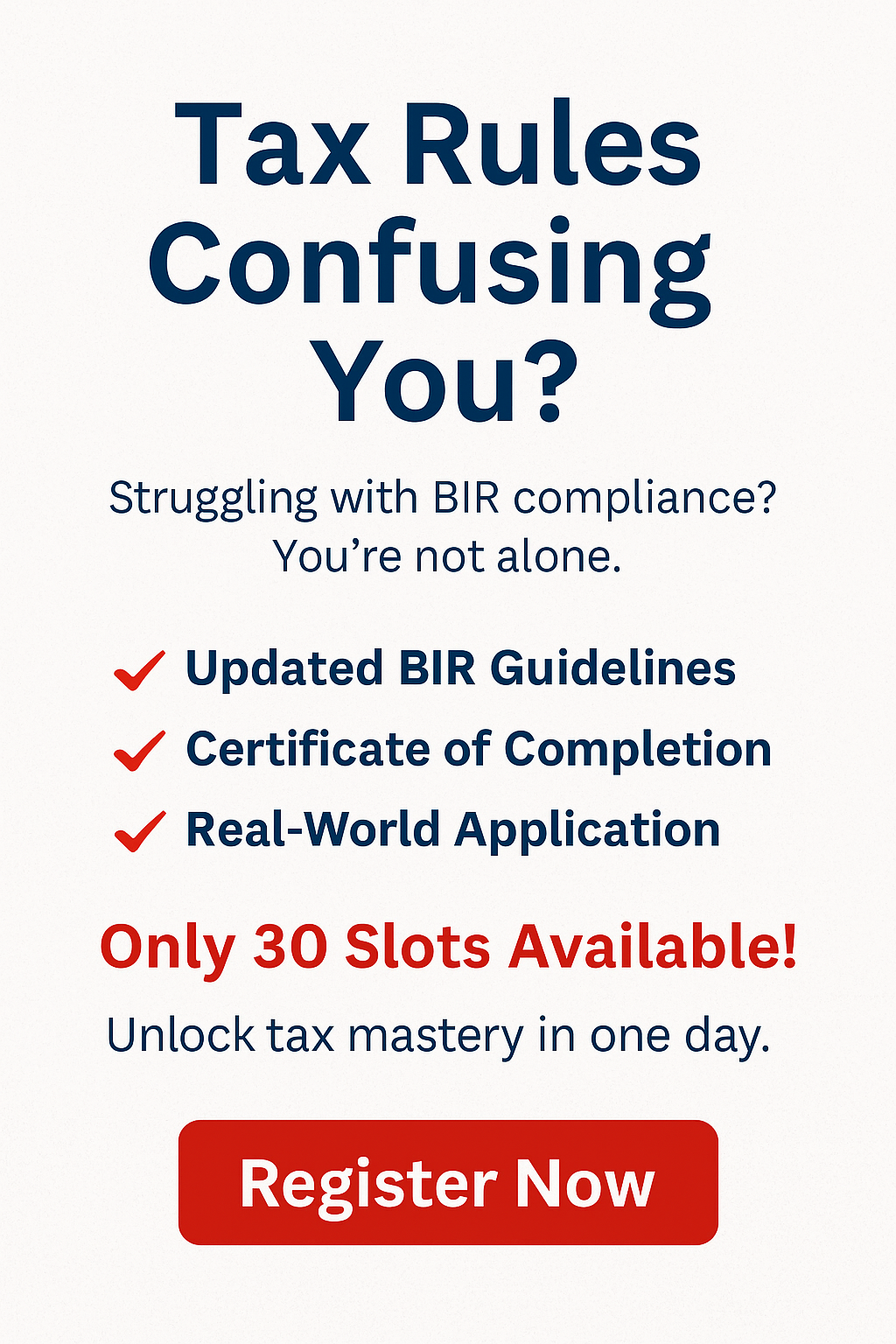Efficiently financial record keeping or organizing receipts and financial documents is a crucial practice for business owners. Good organization enhances bookkeeping accuracy, tax preparation, and financial assessments. Here are some best practices:
- Go Digital – Transitioning to a digital system is the first step towards efficient organization.
- Scanners and Apps: Use a high-quality scanner or mobile apps to digitize paper receipts and documents. Popular apps include Expensify, QuickBooks, and Shoeboxed, which often integrate with accounting software.
- Cloud Storage: Store all digitized documents in a secure cloud storage service, such as Google Drive, Dropbox, or OneDrive. This not only saves physical space but also ensures easy access and backup.
- Consistent Naming Conventions – Develop a systematic naming convention for your files. This practice aids in quickly locating and identifying documents.
- Uniform Structure: Include details like the date, vendor, and type of expense. For example, “2023-01-15_Office_Supplies_Staples.pdf.”
- Avoid Special Characters: Stick to letters, numbers, underscores, and dashes, as special characters can sometimes cause issues with software or sorting.
- Categorize Expenses – Categorizing expenses helps in tracking and reporting.
- Standard Categories: Create categories based on business needs, such as Travel, Meals, Supplies, or Client Expenses. Most accounting software will have standard categories you can customize.
- Sub-categories: For more detailed tracking, use sub-categories. For example, under Meals, you could have ‘Client Meetings’ and ‘Employee Lunches.’
- Routine Management
- Regularly managing your receipts and documents prevents a backlog.
- Daily or Weekly Tasks: Schedule time daily or weekly to scan, categorize, and file receipts. This avoids accumulation and keeps your records up-to-date.
- Monthly Reviews: Conduct monthly reviews to ensure all documents are accounted for and correctly filed. This step is also helpful for reconciling bank statements and preparing for tax season.
- Use Accounting Software -Accounting software can automate many aspects of document management.
- Integration: Choose software that integrates well with your document storage and expense tracking tools. Examples include QuickBooks, Xero, and FreshBooks.
- Automation: Utilize features like automatic expense classification, receipt capture, and direct import of bank transactions.
- Secure Your Documents – Ensuring the security of your financial documents is paramount.
- Encryption:
- Access Controls: Limit access to sensitive documents to only those who need it. Utilize passwords and two-factor authentication for added security. Use encryption software for documents stored on your devices and in the cloud.
- Backup Regularly – Regular backups protect your data against loss.
- Automatic Backups: Opt for services that provide automatic backups, both locally and in the cloud.
- Periodic Checks: Manually check periodically to ensure backups are functioning correctly and data can be restored.
Conclusion
Efficiently organizing financial documents is essential for business owners. By adopting digital tools, consistent practices, and secure methods, you can simplify bookkeeping, enhance accuracy, and ensure a smooth financial management process. Implement these best practices to keep your business’s financial documentation streamlined and secure.









